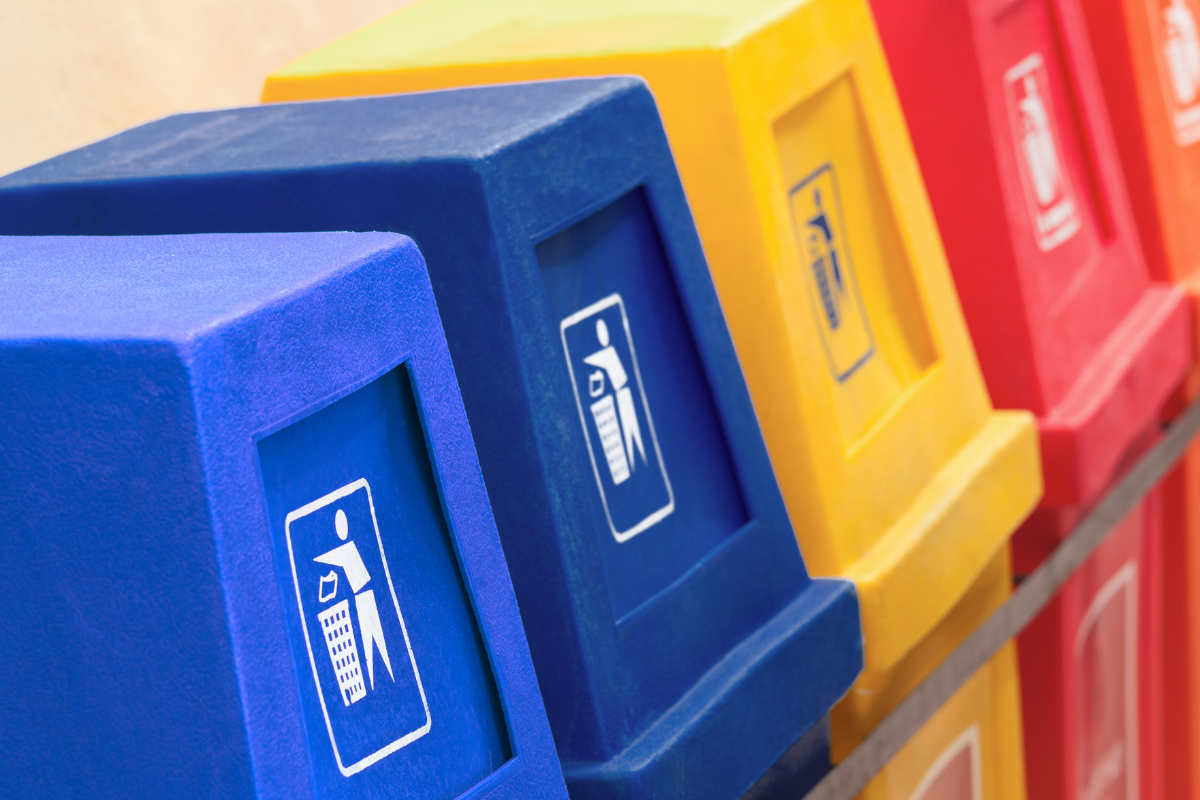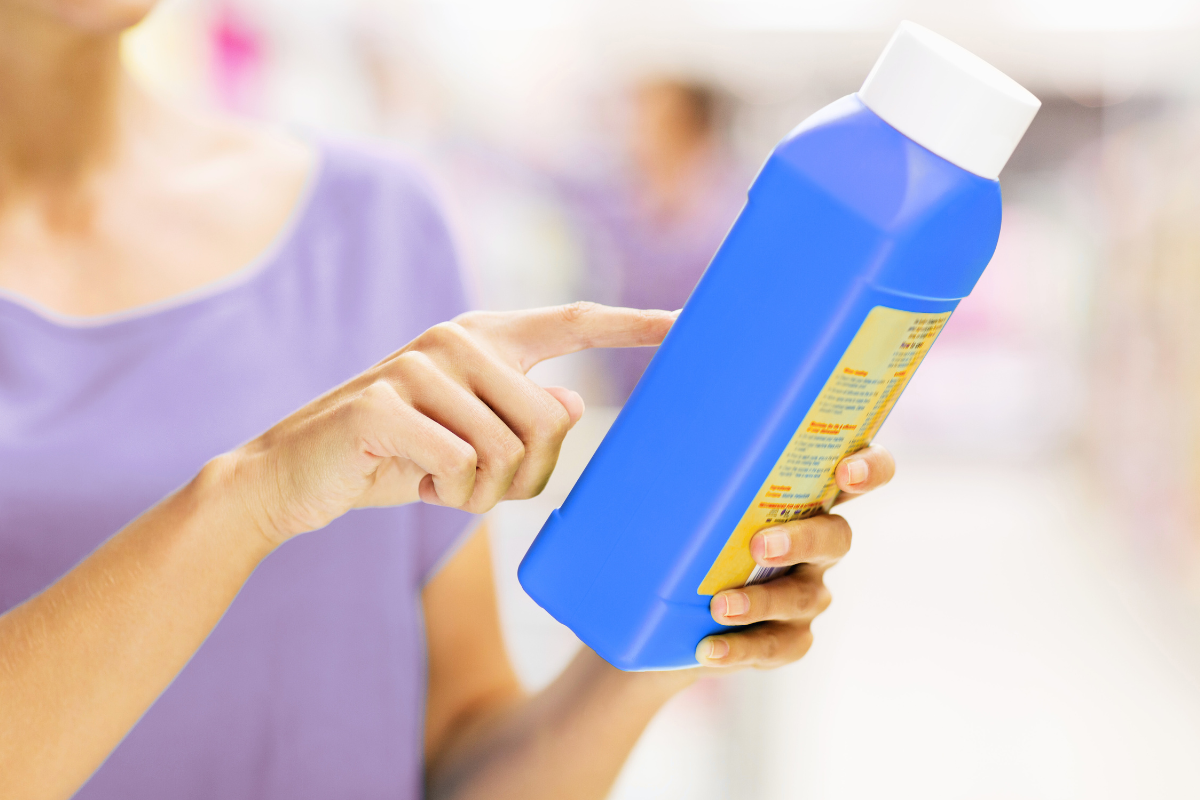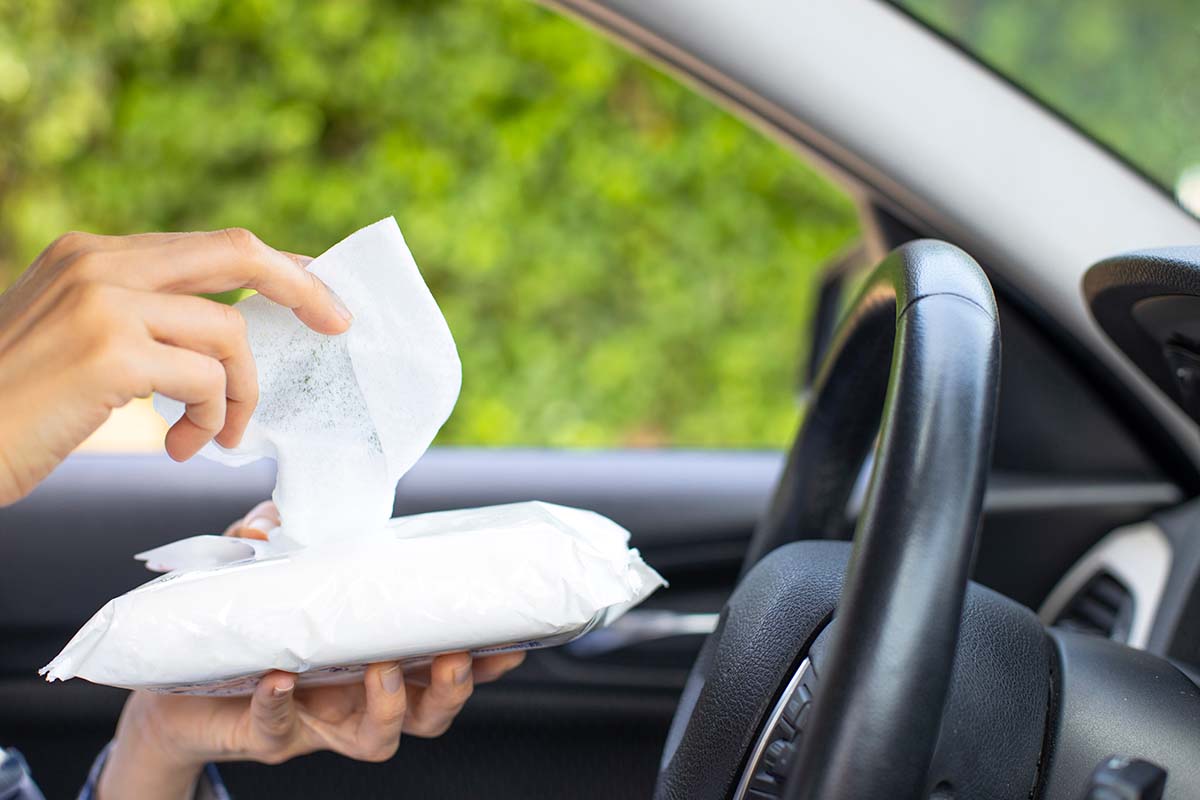Webinar series
Meeting customer demand for sustainable packaging
Chapter 2 October 3, 2024
Transcript:
Hi again, welcome to the second part of Flexcon’s series on sustainable packaging.
We’re discussing practical and impactful ways consumer packaging brands and converters can achieve sustainability. My name is Marguerite McGrail and joining us again for this series is Flexcon’s Strategic Business Unit Director for Packaging, Dan Riendeau.
He is a member of TLMI’s Sustainability Committee, the APR Communications and Public Affairs Committee, and a keynote speaker for Sustainable Solutions in the packaging industry.
Hi Dan. Welcome back.
Hi Marg, how are you, thanks!
So Dan, in the last episode we touched upon a couple of points from the research report Flexcon commissioned, Elevating Sustainability Beyond the Label—such as increased consumer demand for sustainable packaging, but also some misconceptions about recyclability.
Can you talk more about what the research shows?
Yeah, absolutely. I think as demand grows for brands to become more sustainable, it also reflects consumers’ willingness to pay for more sustainable packaging. Despite current times with increased price sensitivity, commitments to sustainability remain important for consumers.
Our study actually found that 70% of consumers indicate they select products based on sustainable packaging. Again, this highlights the importance for brands to invest in environmentally friendly products and deliver on their commitments.
So I read in this report that less than 10% of plastic waste is actually recycled worldwide. Why are consumers struggling so much with recycling, and what are some of the barriers outlined in the research?
I think not having the correct facilities, enough space, and inconvenience are really the top three challenges. But according to Retail Times, over 80% of consumers are actively looking for recycling instructions. So, consumers want to be more sustainable and increase their recycling habits, but education and infrastructure sometimes limit their ability to do so.
Also, from an e-commerce perspective, over the past few years e-commerce has boosted demand for packaging. With rising material costs and consumers’ willingness to pay for sustainability, people now expect brands to prove their sustainability and be more transparent.
Brands have to understand what truly is sustainable and avoid greenwashing. Greenwashing is when companies make blanket statements about sustainability without substantiation. It’s important for brands to back up their claims and be transparent with consumers.
So what can brands do to enable recyclability for packaging?
Introducing products that use wash-off labels can address multiple issues by eliminating the need for manual label removal. These labels provide excellent adhesion yet remove cleanly in the PET reclaim process.
That’s a big product we’re promoting at Flexcon because it actually increases demand for post-consumer resin (PCR) material. As brands commit to using more containers with PCR, they need to be able to put that resin back into the value stream. Wash-off technology allows the recycling process to continue efficiently.
Now what about some of those misconceptions about recycling you mentioned earlier? How does that impact sustainability?
There’s really a discrepancy between what customers perceive as sustainable and the reality. For example, if you compare three products—a single-use glass bottle, a PET bottle, and a PET bottle made with 75% recycled content—the recycled PET option actually emerges as the most sustainable choice.
Glass is infinitely recyclable, but it requires higher resource consumption to produce. From a weight perspective, glass is six times heavier than an equivalent PET container, creating a much larger carbon footprint. Transportation also dramatically increases fuel costs and emissions.
These misconceptions are outlined in the study, but really, driving education is key.
So educating consumers is one way to address these misconceptions?
Absolutely. Teaching consumers what they need to do from a recycling standpoint helps increase recycling habits. But even more importantly, brands need to take responsibility for designing products that not only appeal to consumer sustainability preferences, but also genuinely meet recycling standards.
Consumers are willing to pay for sustainable products, but brands must understand the end-of-life of their packaging. Aligning brand promises with environmental reality builds brand trust and loyalty—showing consumers that you’re doing what you say and saying what you do.
So let’s talk more about which packaging attributes contribute to sustainability in our next chapter.
Thanks, Dan, and thanks everyone—we’ll see you next time.
Thanks!

Dan Riendeau

Marguerite McGrail


